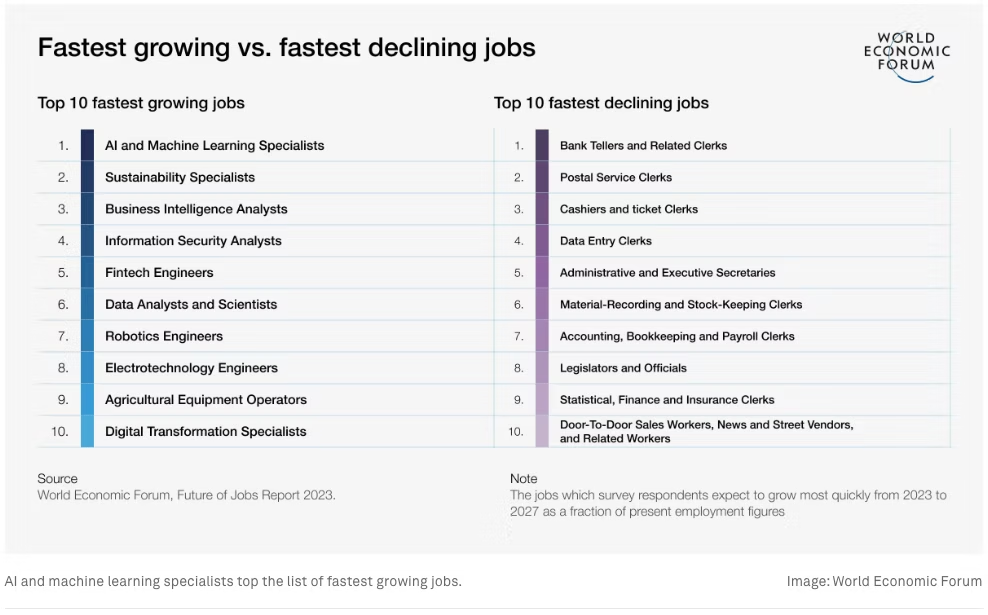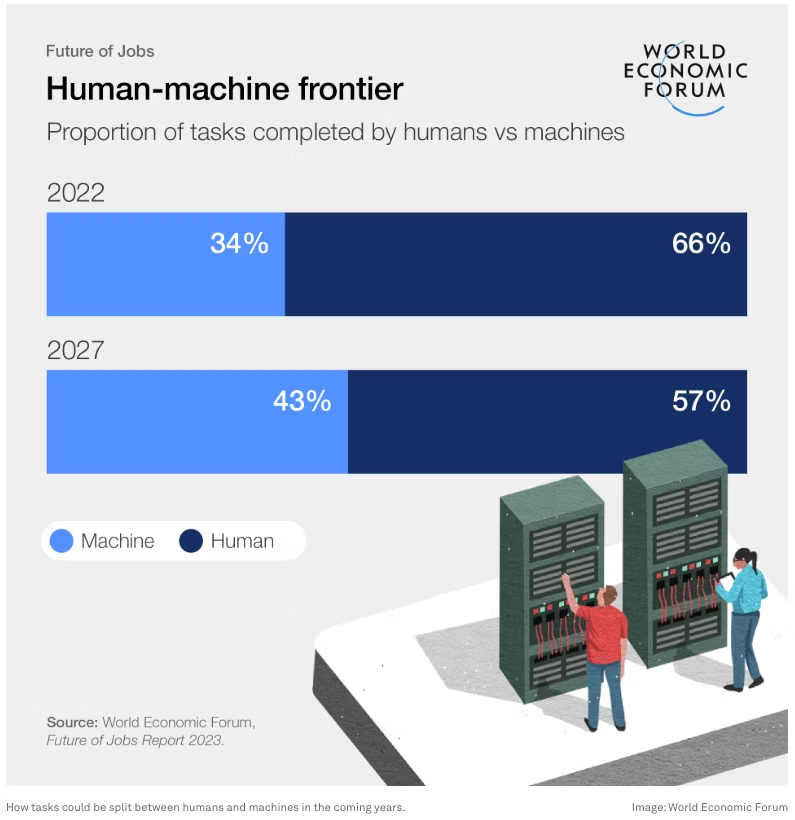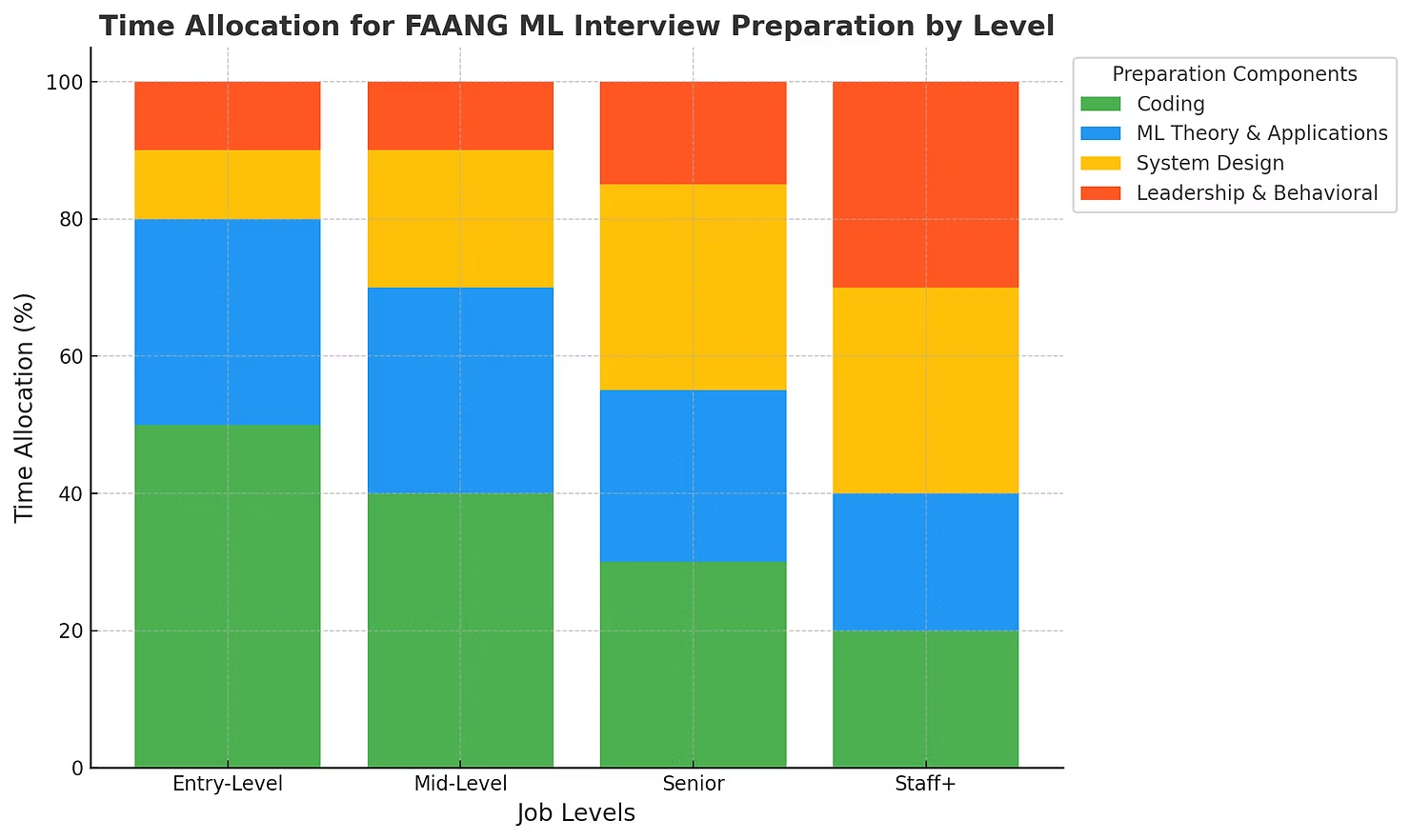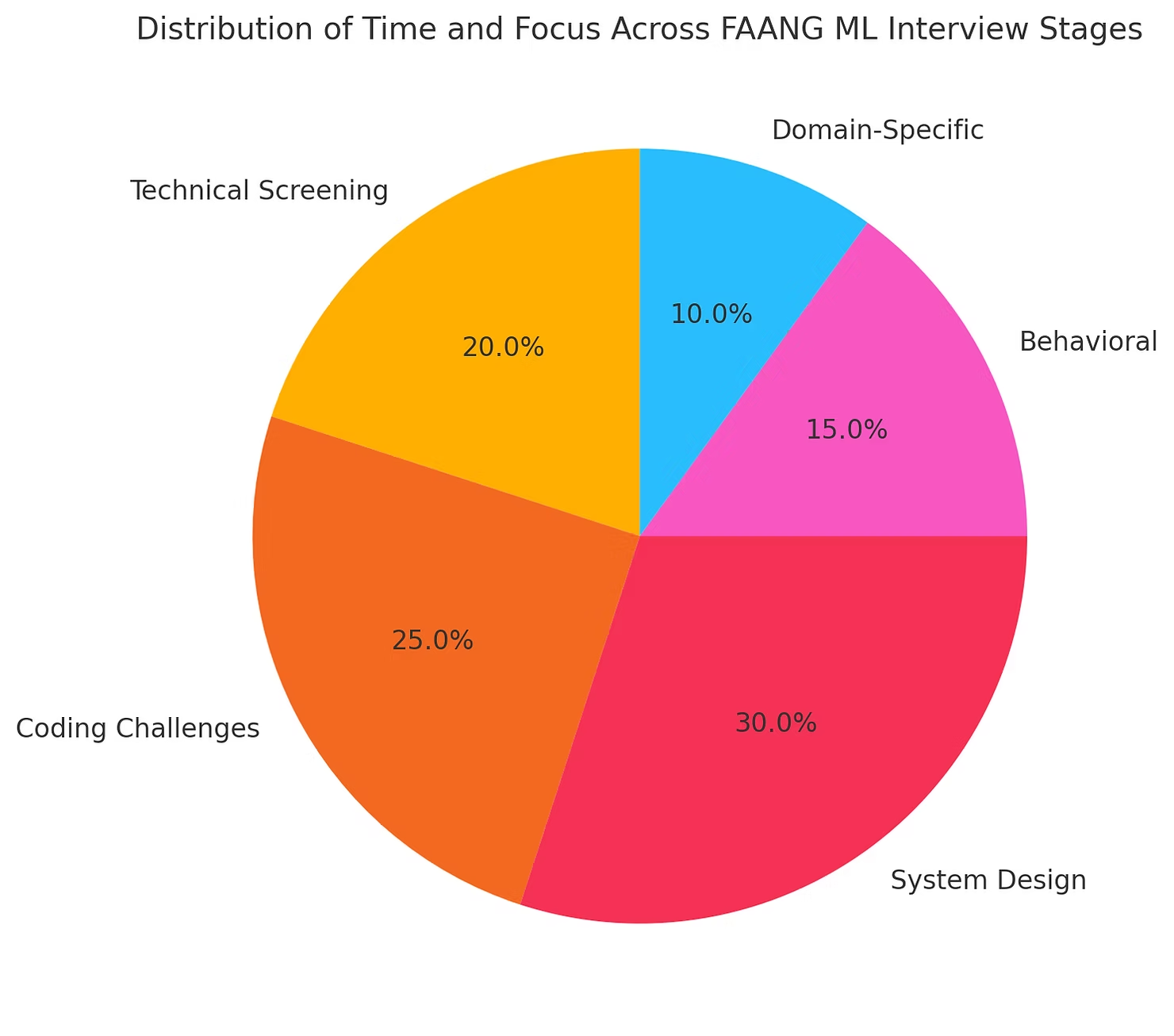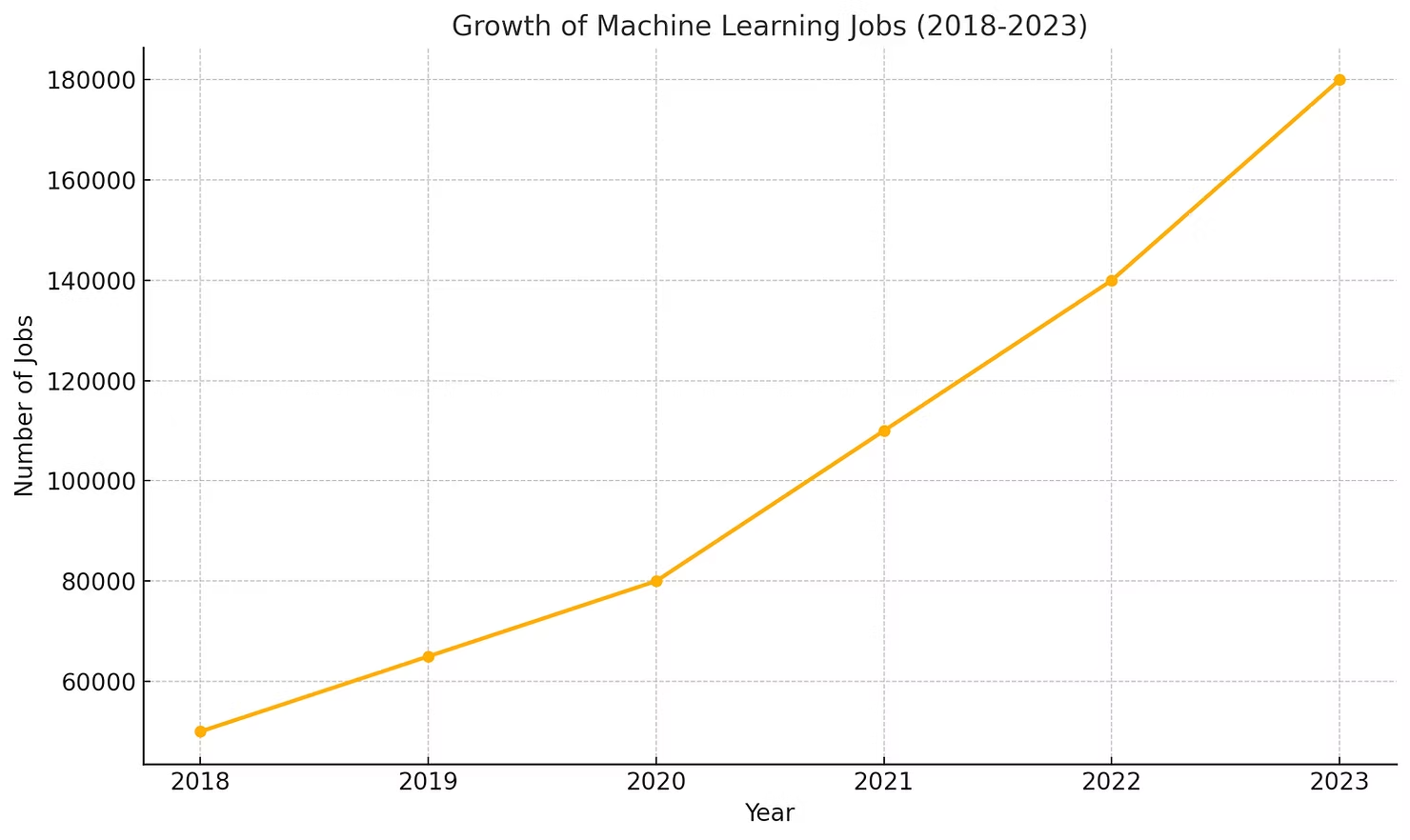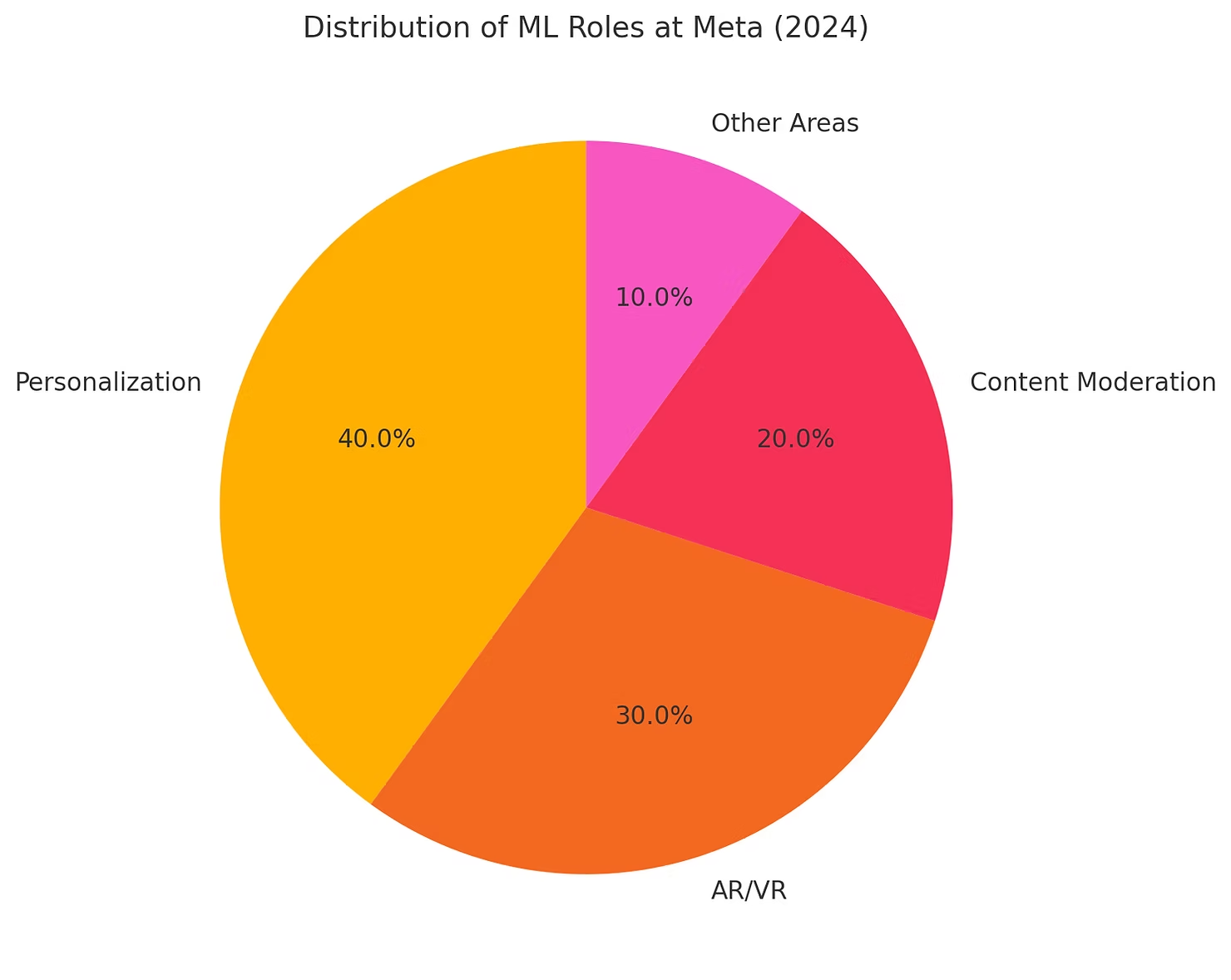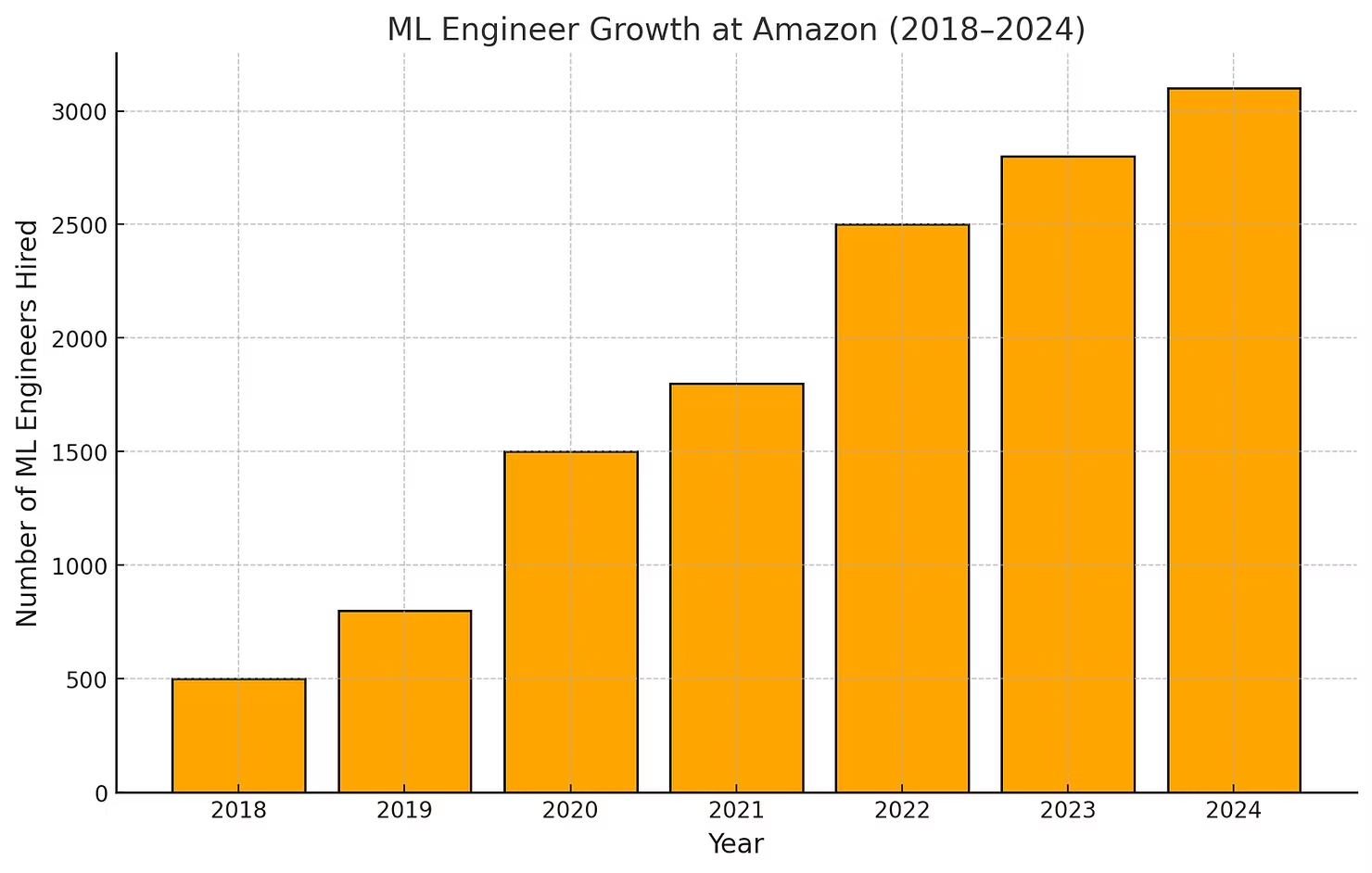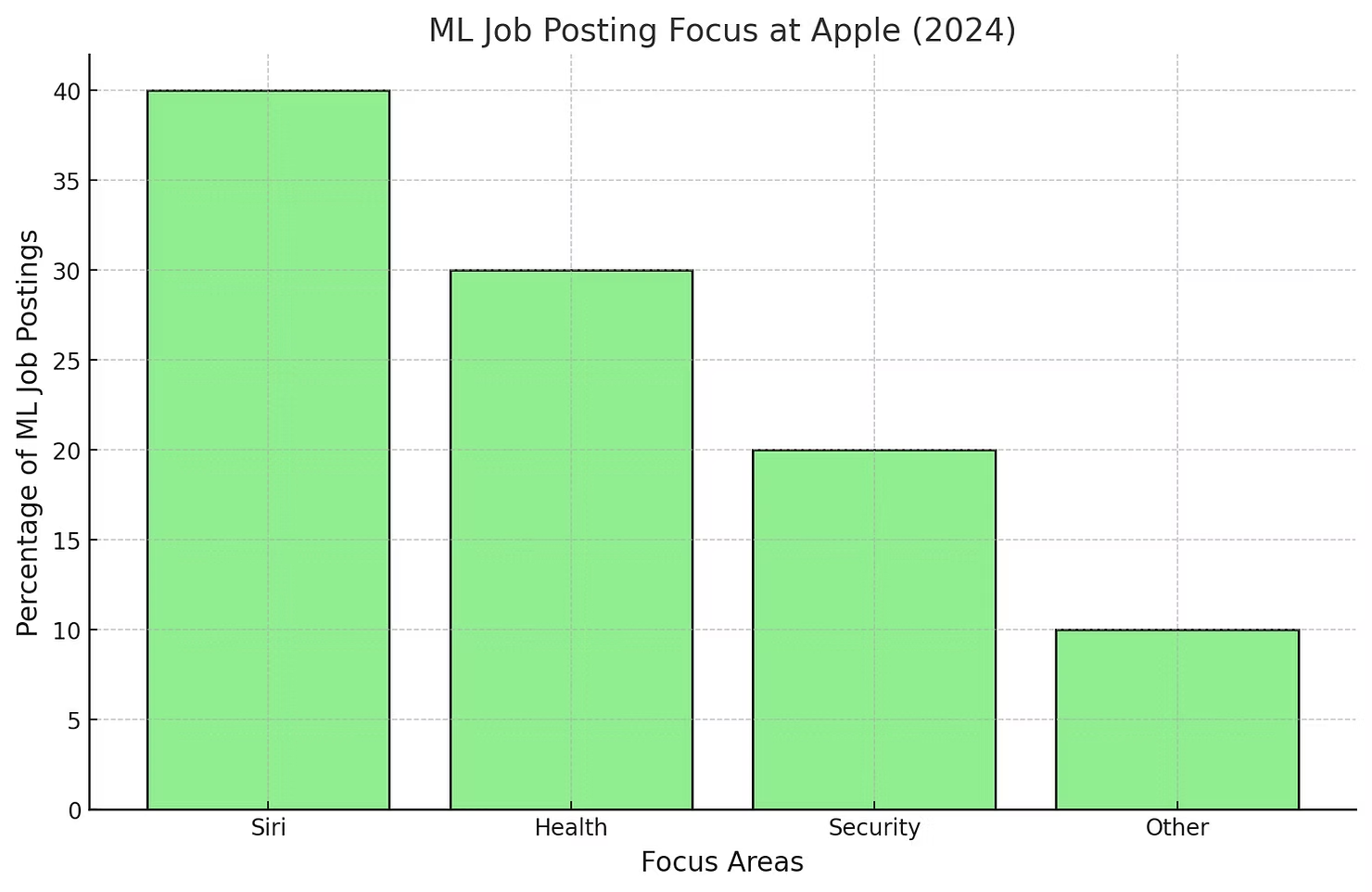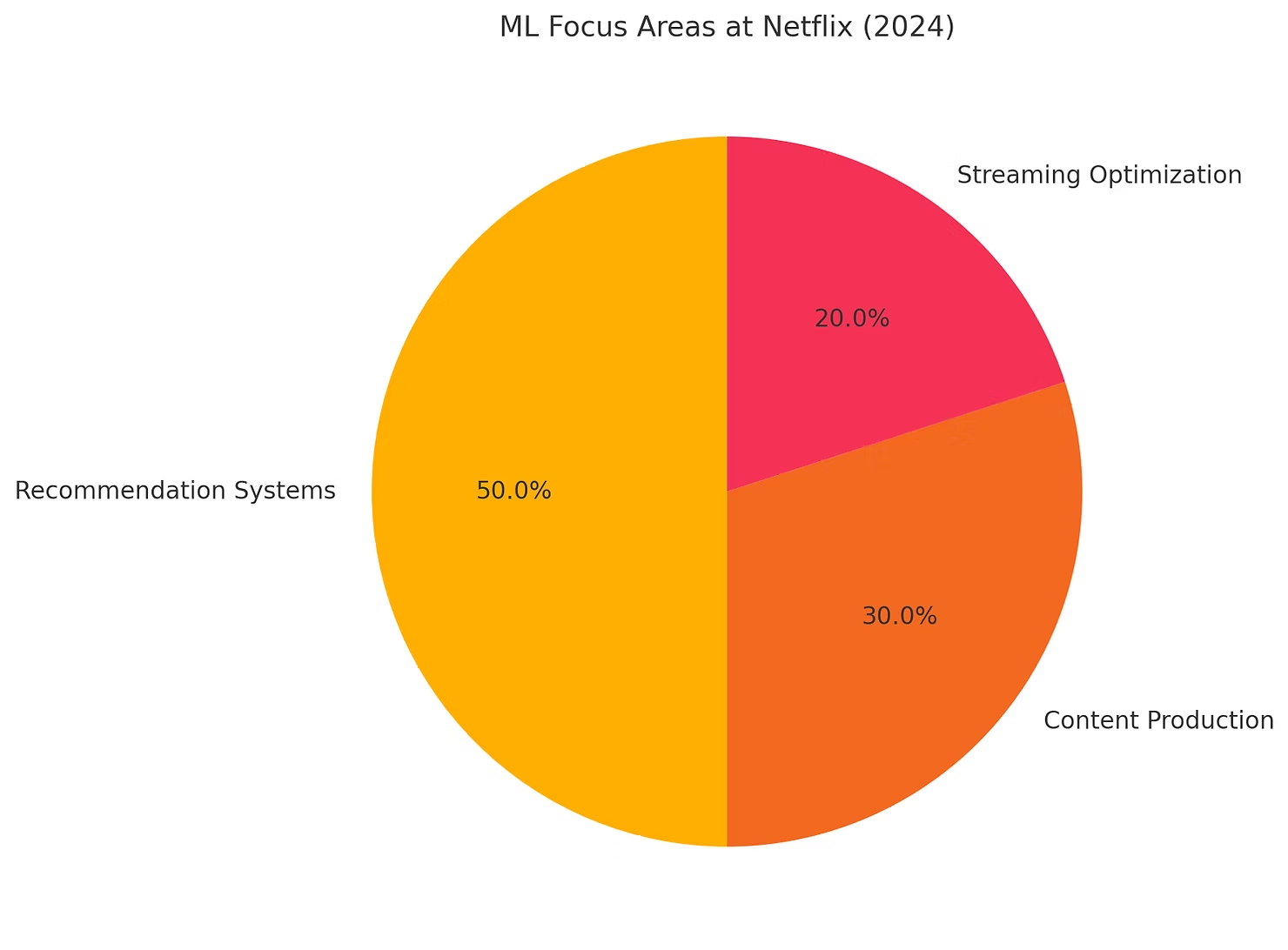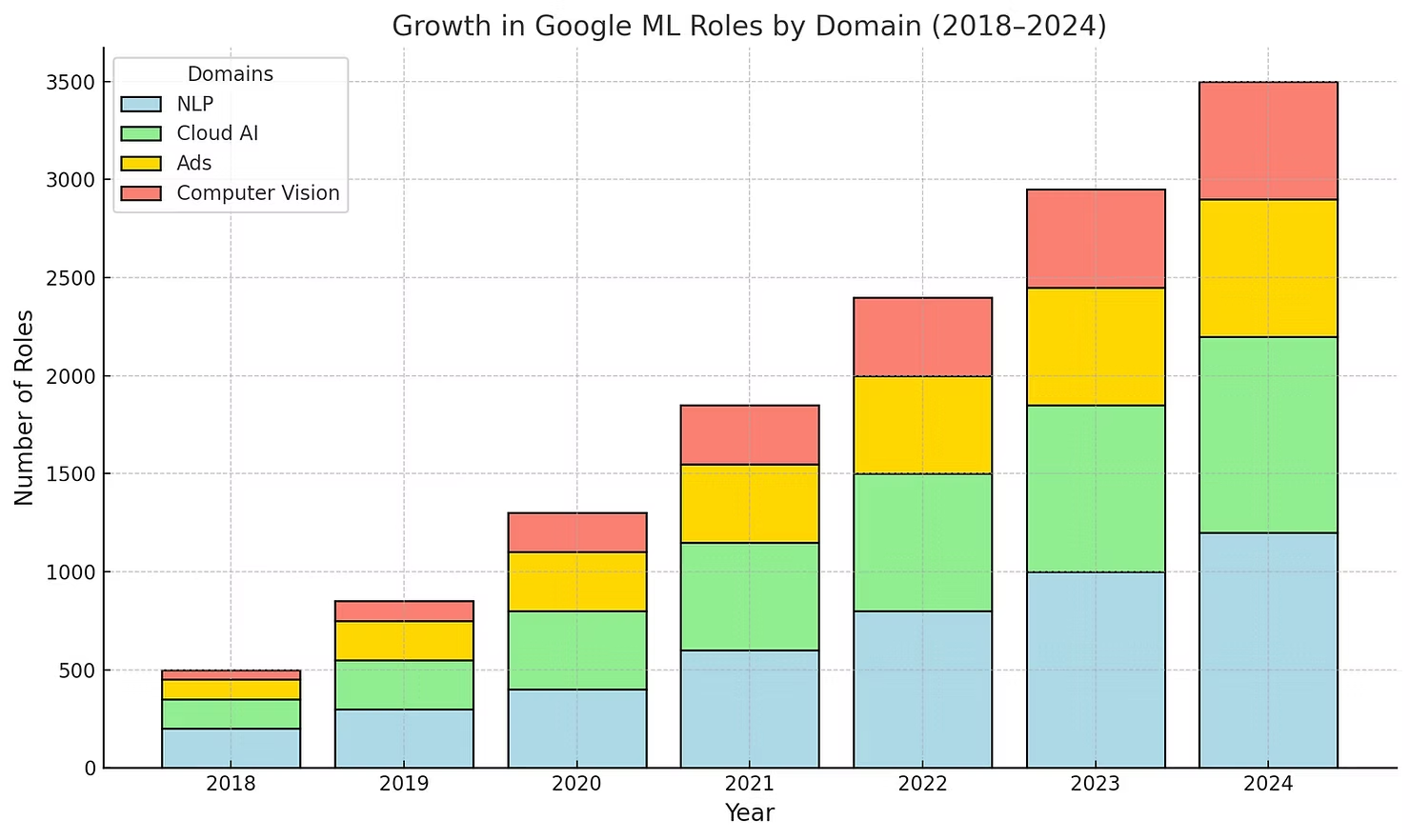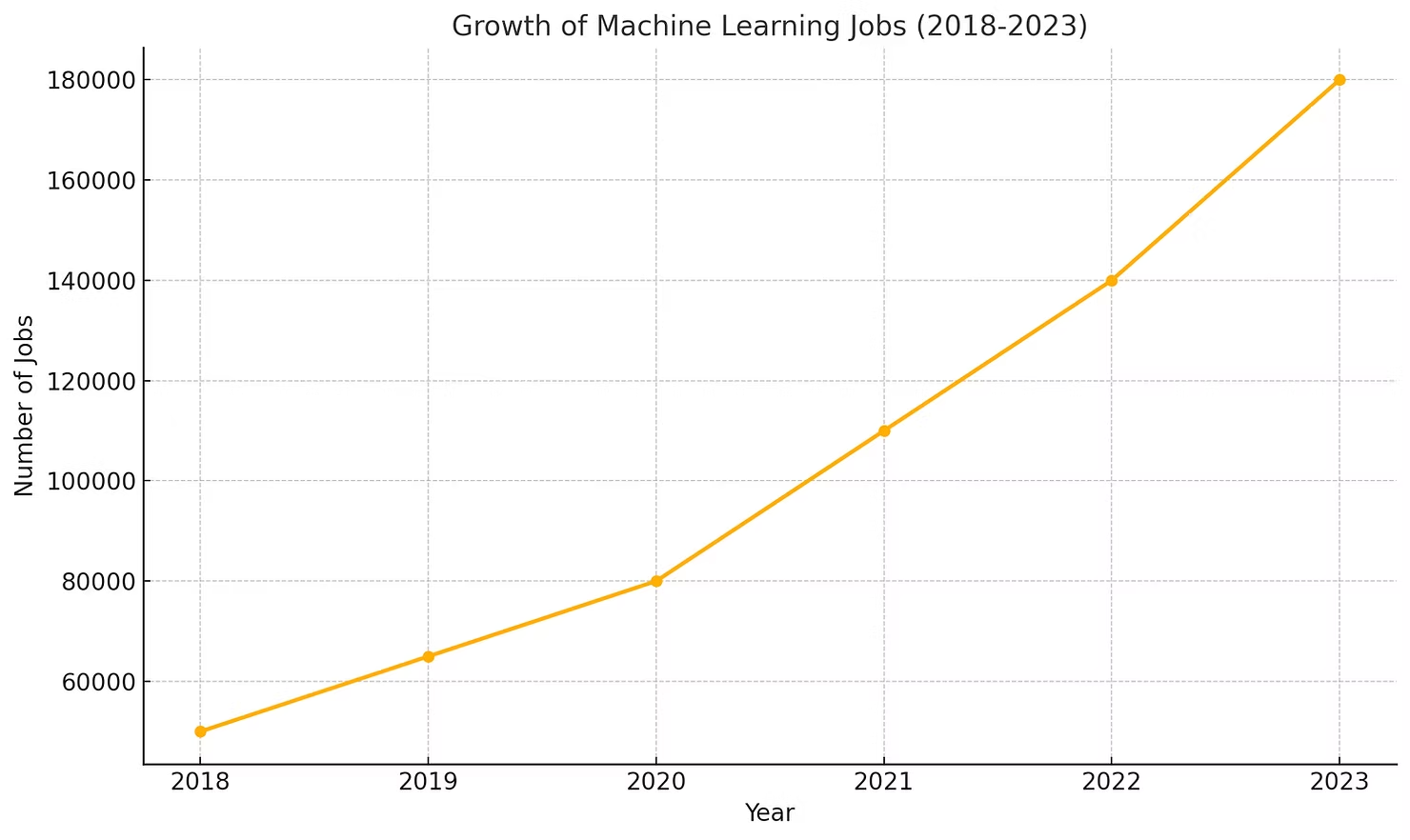If you’re a software engineer considering machine learning, you’re in good company. ML has become one of the most sought-after and rewarding career paths in tech, and it’s no surprise why. The intersection of software engineering and ML is brimming with opportunities that combine technical expertise with creative problem-solving.
Explosive Demand for ML Expertise
Over the past decade, machine learning has moved from niche academic research to mainstream business applications. According to reports, demand for AI and ML roles has grown by over 70% in recent years, with no signs of slowing down. Top companies—think Google, Amazon, Meta, and Apple—are constantly hiring skilled ML professionals to power their AI-driven products.
Why is demand so high? Because ML is transforming industries:
-
Healthcare: From diagnostic tools to personalized treatment plans.
-
Finance: Fraud detection and predictive analytics.
-
Retail: Recommendation systems and inventory management.
-
Transportation: Autonomous vehicles and route optimization.
In short, machine learning isn’t just the future—it’s the present.
Software Engineers Have a Competitive Edge
As a software engineer, you already have a head start in the ML race. Here’s why:
-
Strong Coding Skills: ML models are built, tested, and deployed using programming languages like Python, Java, and C++. Your familiarity with these tools is invaluable.
-
Systems Thinking: Software engineers understand how different systems work together, which is essential for creating scalable ML solutions.
-
Problem-Solving Experience: Writing efficient code and debugging complex systems mirrors the analytical thinking required to train ML models.
-
Experience with Tools: Many engineers already use libraries like NumPy or Pandas, which serve as stepping stones to ML frameworks like TensorFlow and PyTorch.
Versatility of ML Careers
One of the most exciting aspects of ML is its diversity. Whether you enjoy hands-on coding, data wrangling, or strategy and design, there’s an ML role tailored to your interests. You could:
-
Build intelligent chatbots as an Applied ML Engineer.
-
Analyze massive datasets as a Data Scientist.
-
Create groundbreaking algorithms as a Research Scientist.
-
Architect systems for deploying models as an ML Infrastructure Engineer.
Each role offers a unique blend of creativity, technical challenge, and impact.
Future-Proofing Your Career
AI is revolutionizing the world. Companies that fail to integrate AI into their business models risk falling behind their competitors. By transitioning to ML, you’re not just following a trend—you’re securing a future-proof skillset in an ever-growing field.
Types of ML Roles and Their Key Responsibilities
The world of machine learning offers a variety of roles, each with unique responsibilities and skill requirements. Understanding these roles is crucial for finding the one that aligns with your interests and expertise. Let’s break down the most common ML roles and what they involve.
1. Applied Machine Learning Engineer
What They Do:Applied ML Engineers focus on using pre-built models or designing new ones to solve real-world problems. They work closely with software engineering teams to integrate these models into applications.
Key Responsibilities:
-
Training and fine-tuning ML models using tools like TensorFlow or PyTorch.
-
Deploying models into production systems.
-
Monitoring and improving model performance over time.
Ideal For:
-
Engineers who enjoy building practical solutions with measurable impact.
-
Those who like coding and working on end-to-end projects.
Key Skills:
-
Python, TensorFlow, Keras, PyTorch.
-
Understanding of data preprocessing and model evaluation techniques.
2. Data Scientist
What They Do:Data Scientists are the detectives of the tech world. They analyze data to uncover patterns and insights that inform business decisions. Often, they use ML models to make predictions and optimize processes.
Key Responsibilities:
-
Cleaning, transforming, and analyzing datasets.
-
Building statistical models and visualizing insights.
-
Collaborating with stakeholders to implement data-driven strategies.
Ideal For:
-
Engineers with a knack for data analysis and storytelling.
-
Those interested in bridging technical work with business impact.
Key Skills:
-
SQL, Python, R.
-
Data visualization tools like Tableau or Matplotlib.
-
Statistical modeling and machine learning concepts.
3. Research Scientist
What They Do:Research Scientists push the boundaries of what’s possible in AI and ML. Their work often revolves around theoretical research and developing new algorithms or techniques.
Key Responsibilities:
-
Conducting experiments to test hypotheses.
-
Publishing papers and presenting findings at conferences.
-
Collaborating with academic and industry experts.
Ideal For:
-
Engineers with a strong background in mathematics and a passion for theoretical work.
-
Those looking to advance the state of AI technology itself.
Key Skills:
-
Advanced knowledge of statistics, calculus, and linear algebra.
-
Proficiency in Python, C++, or Julia.
-
Experience with deep learning frameworks and GPU-based computation.
4. ML Infrastructure Engineer
What They Do:ML Infrastructure Engineers ensure that ML models can run efficiently at scale. They design and build the systems that make large-scale ML possible.
Key Responsibilities:
-
Creating pipelines for training and deploying models.
-
Optimizing storage and compute resources for efficiency.
-
Ensuring reliability and scalability of ML systems.
Ideal For:
-
Engineers with a love for systems design and DevOps.
-
Those who enjoy working on the backend and infrastructure side of ML.
Key Skills:
-
Kubernetes, Docker, AWS, GCP.
-
Knowledge of distributed systems and parallel computing.
5. AI/ML Product Manager
What They Do:AI/ML Product Managers act as the bridge between technical teams and business stakeholders. They define the vision for AI products and ensure that ML solutions align with company goals.
Key Responsibilities:
-
Identifying use cases for ML applications.
-
Managing cross-functional teams of engineers, designers, and data scientists.
-
Measuring and reporting on the success of ML initiatives.
Ideal For:
-
Engineers with strong communication and organizational skills.
-
Those looking to move into leadership or strategy roles.
Key Skills:
-
Basic understanding of ML techniques.
-
Project management tools (e.g., Jira, Asana).
-
Excellent interpersonal and leadership skills.
These are just a few of the roles in the ML ecosystem, but they highlight the diversity of opportunities available. Whether you’re passionate about coding, research, data, or strategy, there’s a place for you in ML.
How to Identify Your Interests in the Context of ML Roles
The machine learning landscape is vast, and choosing the right role can feel daunting. The good news? Your interests can serve as a compass to guide you toward a fulfilling ML career. In this section, we’ll explore how to uncover what excites you most about ML and connect it to the roles we discussed earlier.
1. Ask Yourself the Right Questions
Your interests often reflect what you naturally enjoy or excel at. Reflect on these key questions:
-
Do you enjoy hands-on coding or problem-solving?If you love writing efficient code or debugging complex systems, roles like Applied ML Engineer or ML Infrastructure Engineer might be a great fit.
-
Are you fascinated by patterns and insights in data?If finding hidden trends in datasets excites you, a role like Data Scientist could align with your passions.
-
Do you thrive on exploring new ideas and theories?If theoretical challenges and advancing the state of AI appeal to you, a Research Scientist role might be ideal.
-
Do you prefer strategy and collaboration over hands-on coding?If you’re more interested in managing teams and aligning ML projects with business goals, consider becoming an AI/ML Product Manager.
2. Imagine Your Daily Work Life
Different ML roles come with varying workflows and environments. Imagine a day in each role:
-
Do you want to spend your day coding, debugging, and deploying systems?
-
Would you rather analyze data, create visualizations, and present insights to stakeholders?
-
Do you see yourself collaborating on research papers and attending conferences?
-
Or do you enjoy planning, strategizing, and overseeing projects?
Your ideal day-to-day activities can help clarify your direction.
3. Explore ML Subfields That Spark Your Interest
Machine learning is applied in countless areas. Exploring these subfields can help you find your niche:
-
Computer Vision: Perfect for engineers passionate about image recognition, facial recognition, or autonomous vehicles.
-
Natural Language Processing (NLP): Ideal for those intrigued by chatbots, language models, or sentiment analysis.
-
Reinforcement Learning: Great for anyone fascinated by training systems to make decisions (think robotics or game AI).
-
Recommendation Systems: A fit for those who enjoy personalization algorithms like those used by Netflix or Amazon.
4. Use Real-World Analogies to Map Interests to Roles
Sometimes, it’s easier to connect the dots by comparing ML roles to more familiar jobs:
-
Applied ML Engineer: Like a skilled mechanic who builds and fine-tunes machines for optimal performance.
-
Data Scientist: Similar to an investigative journalist who dives into data to uncover compelling stories.
-
Research Scientist: Think of them as academic explorers pushing the frontiers of knowledge.
-
ML Infrastructure Engineer: Like an architect designing the framework for massive construction projects.
-
AI/ML Product Manager: Comparable to a film director orchestrating a creative team to produce a blockbuster.
5. Seek Inspiration from Real Stories
Learning from others’ experiences can be a game-changer. Read about ML professionals:
-
How did they start their journey?
-
What challenges did they overcome?
-
What excites them most about their roles?
Platforms like LinkedIn or medium.com are treasure troves of personal stories that can help you visualize your potential path.
6. Take Time to Experiment
You don’t have to decide on the perfect ML role right away. Use side projects, online courses, or hackathons to dip your toes into different aspects of ML. A few ideas to get started:
-
Build a sentiment analysis tool using NLP.
-
Create a computer vision app that identifies objects in photos.
-
Analyze a dataset to predict trends, like stock prices or user behavior.
These hands-on experiences will clarify what excites you the most.
Evaluating Your Past Experience for ML Role Suitability
Your journey into machine learning doesn’t have to start from scratch. As a software engineer, much of your existing experience can provide a solid foundation for transitioning into ML roles. Let’s explore how to evaluate and leverage your past skills and projects to identify the right ML path for you.
1. Assess Your Programming Background
Strong coding skills are at the heart of every ML role. Start by reflecting on your experience with programming languages:
-
Python: If you’ve worked with Python, you’re already using the language most favored in the ML community. Frameworks like TensorFlow, Scikit-learn, and PyTorch all rely heavily on Python.
-
C++ or Java: Experience with these languages is highly valuable, especially for roles involving model optimization, systems design, or GPU programming.
-
Scripting and Automation: If you’ve worked on automation scripts, you’re well-prepared for data preprocessing and pipeline creation in ML workflows.
Tip: Take stock of your proficiency with these languages. If you feel rusty, a quick refresher through online tutorials can bridge the gap.
2. Leverage Experience with Data
Have you worked with databases, analytics, or data visualization in the past? If so, you already have a leg up for roles like Data Scientist or ML Engineer. Think about:
-
Database Work: Experience with SQL or NoSQL databases can be a big advantage when working with ML datasets.
-
Data Cleaning: If you’ve ever transformed messy data into structured formats, you’re already familiar with a key step in the ML pipeline.
-
Data Visualization: Skills in tools like Tableau or Matplotlib can help you communicate insights effectively—a crucial part of many ML roles.
Tip: If your exposure to data is limited, try experimenting with datasets from Kaggle to build your skills.
3. Evaluate Your Problem-Solving Experience
ML is all about solving complex problems. Look at your past engineering projects and identify moments when you:
-
Devised creative solutions to challenging bugs or inefficiencies.
-
Optimized algorithms for performance or scalability.
-
Designed systems to handle real-world constraints, like latency or resource limitations.
These experiences mirror the type of thinking required to build and refine ML models.
4. Reflect on Domain Knowledge
Do you have expertise in a specific industry, like healthcare, finance, or retail? This domain knowledge can make you a strong candidate for specialized ML roles. For example:
-
If you’ve worked in finance, you might excel at building fraud detection models.
-
If you’ve been in healthcare, you could leverage your understanding of medical data for diagnostic tools.
Tip: Highlighting domain knowledge on your resume can set you apart, especially for roles requiring industry-specific applications of ML.
5. Identify Transferable Skills
Even if your past roles weren’t directly related to ML, you’ve likely developed skills that translate well:
-
Debugging: Experience in debugging is crucial when troubleshooting model training or performance issues.
-
System Design: If you’ve designed scalable systems, you’re well-equipped for ML Infrastructure roles.
-
Team Collaboration: Working across teams prepares you for collaborative roles like AI/ML Product Manager.
6. Address Gaps in Your Experience
No one’s background is perfect, and that’s okay. If you identify areas where you lack experience, take proactive steps to fill the gaps:
-
Coding Practice: Platforms like LeetCode or HackerRank offer ML-specific coding challenges.
-
ML Basics: Online courses from platforms like Coursera, edX, or Udemy can teach you essential concepts.
-
Hands-On Projects: Build projects that mimic real-world ML tasks, like recommendation systems or sentiment analysis.
Tip: Recruiters value initiative. Highlighting how you took steps to upskill demonstrates a growth mindset.
7. Create a Skills-to-Roles Map
Now that you’ve assessed your skills, create a simple table mapping them to ML roles:
|
Skill/Experience |
Best Matched Roles |
|
Strong Python background |
Applied ML Engineer, Data Scientist |
|
Database expertise (SQL) |
Data Scientist, ML Infrastructure Engineer |
|
Domain knowledge in retail |
Applied ML Engineer (Recommendation Systems) |
|
Strong debugging skills |
ML Infrastructure Engineer, Research Scientist |
This mapping can give you clarity on which ML roles align best with your past experience.
In the next section, we’ll explore how to build a foundation for your chosen ML role and take actionable steps toward making the transition. Let me know if this section works for you or if you’d like any changes!
How to Build a Foundation for Your Chosen ML Role
Transitioning to an ML role requires a strong foundation in both theory and practice. Whether you’re a beginner or someone looking to refine existing skills, these steps will help you build a solid base for your chosen ML career.
1. Master the Basics of Machine Learning
Before diving into advanced topics, ensure you understand the fundamentals:
-
Core Concepts:
-
Supervised vs. unsupervised learning.
-
Regression, classification, and clustering.
-
Neural networks and deep learning basics.
-
-
Mathematical Foundations:
-
Linear algebra (vectors, matrices).
-
Calculus (derivatives, gradients).
-
Statistics and probability (distributions, hypothesis testing).
-
Recommended Resources:
-
“An Introduction to Statistical Learning” (book).
-
Andrew Ng’s Machine Learning Specialization on Coursera.
-
Khan Academy for linear algebra and calculus.
2. Get Hands-On Experience with ML Tools
Practical experience is essential. Familiarize yourself with popular ML libraries and frameworks:
-
Python Libraries: NumPy, Pandas, Scikit-learn.
-
Deep Learning Frameworks: TensorFlow, PyTorch.
-
Data Visualization Tools: Matplotlib, Seaborn.
Start with small projects, like creating a simple regression model or classifying images, and gradually take on more complex challenges.
3. Work on Real-World Projects
Theoretical knowledge is important, but recruiters value hands-on experience. Build projects that showcase your ability to solve real-world problems:
-
Sentiment Analysis: Analyze customer reviews using NLP.
-
Image Classification: Create a model that identifies objects in photos.
-
Recommendation System: Build a system similar to Netflix’s or Amazon’s.
Platforms like Kaggle and GitHub are great for finding datasets and showcasing your work.
4. Join the ML Community
Learning is more effective when you’re part of a supportive community. Engage with others who share your interests:
-
Online Communities: Reddit’s r/MachineLearning, LinkedIn groups.
-
Hackathons: Participate in ML challenges on platforms like Kaggle or DrivenData.
-
Conferences: Attend ML and AI events like NeurIPS or PyData to network and stay updated on trends.
5. Build a Strong Portfolio
Your portfolio is your proof of skills. Include:
-
A variety of ML projects (with links to GitHub repos).
-
Clear documentation explaining your thought process.
-
Metrics that demonstrate the success of your models (e.g., accuracy, F1-score).
Common Challenges in Choosing an ML Role and How to Overcome Them
Transitioning to ML is rewarding, but it’s not without its hurdles. Here’s how to tackle some common challenges:
1. Feeling Overwhelmed by Options
The sheer variety of ML roles can make it hard to choose. To avoid analysis paralysis:
-
Start Broad: Explore different roles through courses or projects.
-
Specialize Later: Once you identify what excites you most, focus on deepening your expertise in that area.
2. Imposter Syndrome
Many transitioning engineers feel they aren’t “good enough” for ML. To combat this:
-
Focus on Growth: Remember, no one starts as an expert.
-
Celebrate Progress: Acknowledge small wins, like completing a project or understanding a difficult concept.
3. Facing Rejections
Rejections are part of the process. Here’s how to handle them:
-
Seek Feedback: Understand what went wrong and work on those areas.
-
Refine Your Resume: Tailor it to highlight ML-relevant skills and experiences.
-
Stay Resilient: Remember, every rejection brings you closer to the right opportunity.
InterviewNode: Your Partner in Transitioning to a Top-Tier ML Role
At InterviewNode, we specialize in helping software engineers navigate the ML interview landscape and secure roles at top-tier companies. Here’s how we can help:
1. Personalized Mock Interviews
Practice makes perfect, and our mock interviews are tailored to mimic real-world ML interviews at companies like Google, Meta, and Amazon.
2. Expert Feedback
Receive detailed feedback from experienced ML professionals, highlighting your strengths and areas for improvement.
3. Curated Learning Paths
Not sure where to start? Our curated resources and study plans guide you through the essential concepts and skills needed for your target ML role.
4. Success Stories
Hundreds of software engineers have used InterviewNode to successfully transition into ML roles. You could be next!
Conclusion
The journey into machine learning is as exciting as it is transformative. By understanding your interests, leveraging your past experience, and building a strong foundation, you can find the ML role that’s perfect for you.
Remember, this is a marathon, not a sprint. Start small, stay consistent, and seek support when you need it. And when you’re ready to tackle those top-tier ML interviews, InterviewNode is here to guide you every step of the way.
Unlock Your Dream Job with Interview Node
Transitioning into Machine Learning takes more than just curiosity, it takes the right guidance. Join our free webinar designed for software engineers who want to learn ML from the ground up, gain real-world skills, and prepare confidently for top-tier ML roles
Tailored for Senior Engineers
Specifically designed for software engineers with 5+ years of experience, we build on your existing skills to fast-track your transition.
Interview-First Curriculum
No fluff. Every topic, project, and mock interview is focused on what gets you hired at top teams in companies like Google, OpenAI, and Meta
Personalized Mentorship & Feedback
Weekly live sessions, 1:1 guidance, and brutally honest mock interviews from industry veterans who've been on both sides of the table.
Outcome-Based Support
We don’t stop at prep. From referrals to resume reviews and strategy, we’re with you till you land the offer and beyond


